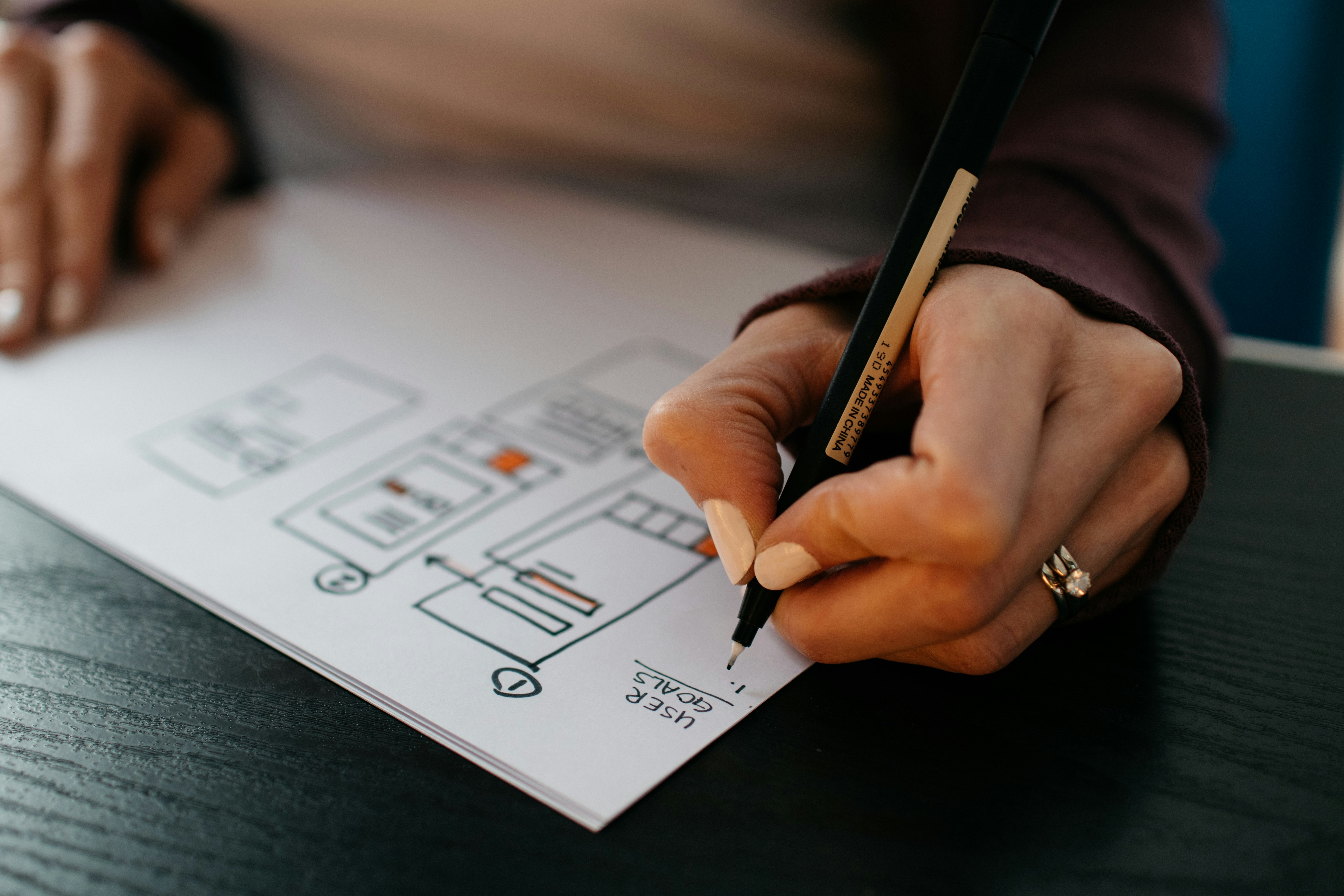The Power of Typography in Web Design
Learn how typography can make or break your website and discover tips for choosing the right fonts to create impact and readability.
Insights
May 2, 2025



Defining Typography in Web Design
At its essence, typography refers to the art and technique of arranging type to make written language legible, readable, and visually engaging. In web design, this encompasses the careful selection of typefaces, as well as the thoughtful application of font size, weight, spacing, and alignment. Typography is not just about choosing pretty fonts; it’s about crafting a system that supports content clarity and enhances the user’s interaction with information.



Typography and Readability
One of the most powerful aspects of typography is its direct impact on readability. Well-chosen fonts and thoughtful typographic hierarchy help users navigate content intuitively. By varying headline sizes, adjusting line spacing, and maintaining consistent alignment, designers can guide visitors’ attention and make even complex information easy to scan and digest. Good typography reduces cognitive strain, encouraging users to stay longer and engage more deeply with a website’s content.



The Role of Typography in Brand Identity
Typography is a silent ambassador for any brand. The choice of typeface can evoke emotion, convey values, and establish a brand’s personality before a single word is read. Serif fonts may suggest tradition and reliability, while sans-serif fonts often communicate modernity and simplicity. Consistent use of typography across all digital touchpoints reinforces brand recognition and builds trust, helping users form a lasting connection with the organization behind the website.
More to Discover
The Power of Typography in Web Design
Learn how typography can make or break your website and discover tips for choosing the right fonts to create impact and readability.
Insights
May 2, 2025



Defining Typography in Web Design
At its essence, typography refers to the art and technique of arranging type to make written language legible, readable, and visually engaging. In web design, this encompasses the careful selection of typefaces, as well as the thoughtful application of font size, weight, spacing, and alignment. Typography is not just about choosing pretty fonts; it’s about crafting a system that supports content clarity and enhances the user’s interaction with information.



Typography and Readability
One of the most powerful aspects of typography is its direct impact on readability. Well-chosen fonts and thoughtful typographic hierarchy help users navigate content intuitively. By varying headline sizes, adjusting line spacing, and maintaining consistent alignment, designers can guide visitors’ attention and make even complex information easy to scan and digest. Good typography reduces cognitive strain, encouraging users to stay longer and engage more deeply with a website’s content.



The Role of Typography in Brand Identity
Typography is a silent ambassador for any brand. The choice of typeface can evoke emotion, convey values, and establish a brand’s personality before a single word is read. Serif fonts may suggest tradition and reliability, while sans-serif fonts often communicate modernity and simplicity. Consistent use of typography across all digital touchpoints reinforces brand recognition and builds trust, helping users form a lasting connection with the organization behind the website.
More to Discover
The Power of Typography in Web Design
Learn how typography can make or break your website and discover tips for choosing the right fonts to create impact and readability.
Insights
May 2, 2025



Defining Typography in Web Design
At its essence, typography refers to the art and technique of arranging type to make written language legible, readable, and visually engaging. In web design, this encompasses the careful selection of typefaces, as well as the thoughtful application of font size, weight, spacing, and alignment. Typography is not just about choosing pretty fonts; it’s about crafting a system that supports content clarity and enhances the user’s interaction with information.



Typography and Readability
One of the most powerful aspects of typography is its direct impact on readability. Well-chosen fonts and thoughtful typographic hierarchy help users navigate content intuitively. By varying headline sizes, adjusting line spacing, and maintaining consistent alignment, designers can guide visitors’ attention and make even complex information easy to scan and digest. Good typography reduces cognitive strain, encouraging users to stay longer and engage more deeply with a website’s content.



The Role of Typography in Brand Identity
Typography is a silent ambassador for any brand. The choice of typeface can evoke emotion, convey values, and establish a brand’s personality before a single word is read. Serif fonts may suggest tradition and reliability, while sans-serif fonts often communicate modernity and simplicity. Consistent use of typography across all digital touchpoints reinforces brand recognition and builds trust, helping users form a lasting connection with the organization behind the website.

